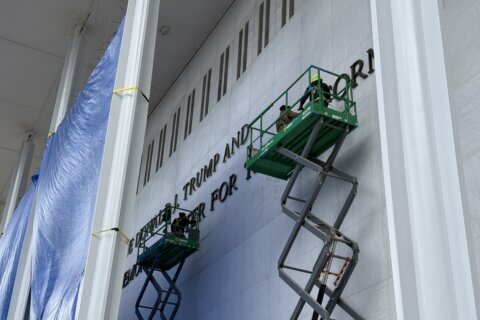





WASHINGTON — D.C. is a city of firsts — the latest involves wildlife, and if you want to see the city’s teeming wildlife, the District Department of Energy and Environment has a program to get you involved.
The free Citizen Scientist program begins with a couple of hours of activities in a classroom, followed by an optional park visit.
“We want you engaged, we want you involved,” said Tommy Wells, DDOE director.
One such class is the FrogWatch Citizen Science Program that will be held on Saturday, March 4 from 1:30 p.m. to 4:30 p.m. at the Aquatic Recources Education Center at Anacostia Park.
“It provides instruction on how to collect and submit the data on calling frogs and toads in wetlands in D.C.,” Wells said.
“Every spring we go out and do an inventory and find out who’s here,” Wells said.
The workshop is free, but space is limited so participants are asked to register.
D.C.’s bodies of water are swarming with wildlife. For example, there are 71 species of fish in the Potomac River and 56 in the Anacostia River, in addition to the numbers of frog species you can help count as a citizen scientist.
Rock Creek Park is home to an amphipod that is only found there. “We’ll be the first jurisdiction in the nation to have a state amphipod,” Wells said.
The Hay’s Spring amphipod is similar to a shrimp about a quarter-inch long. Wells said its new honorable distinction is a way of showing people that there is a sustainable ecosystem within the city.
Citizen scientists can get involved in a number of ways — by counting frogs or birds or even by putting up a bat house in their yard.
“There’s a lot of ways citizen scientists, and you, can get involved and support the habitat and wildlife in Washington, D.C.,” Wells said.








